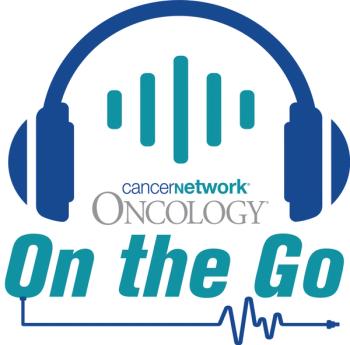
Luciano Costa, MD, PhD, Discusses Use of Daratumumab Plus KRd in Multiple Myeloma
Luciano Costa, MD, PhD, spoke about the potential application of daratumumab, carfilzomib, lenalidomide, and dexamethasone for multiple myeloma in a real-world setting.
At the
Transcript:
What we learned from this study is that we have been treating myeloma the same way, with decisions made mostly on transplant eligibility. The reality is patients respond very differently, and I think different paths of response require different actions. It is the first steppingstone for response-adaptive therapy. The way our group wants to go is to optimize quadruple therapy, perhaps with a longer induction. For patients who [are] minimal residual disease [MRD] negative already after induction, we need to ask the de-escalation questions. Maybe those people can do very well, even without transplant, and we want to try to answer them in a randomized way. Conversely, for patients who remain MRD positive after transplant, we need to engage new agents here. We would like to compare transplant followed by conventional care with transplant followed by an anti–B-cell maturation antigen [BCMA] agent. There are many ways this can be framed and designed, but I think we need to embrace the notion that response after quadruple therapy sought out patients who are candidates for de-escalation and patients who are candidates for escalation therapy.
Newsletter
Stay up to date on recent advances in the multidisciplinary approach to cancer.

















































































